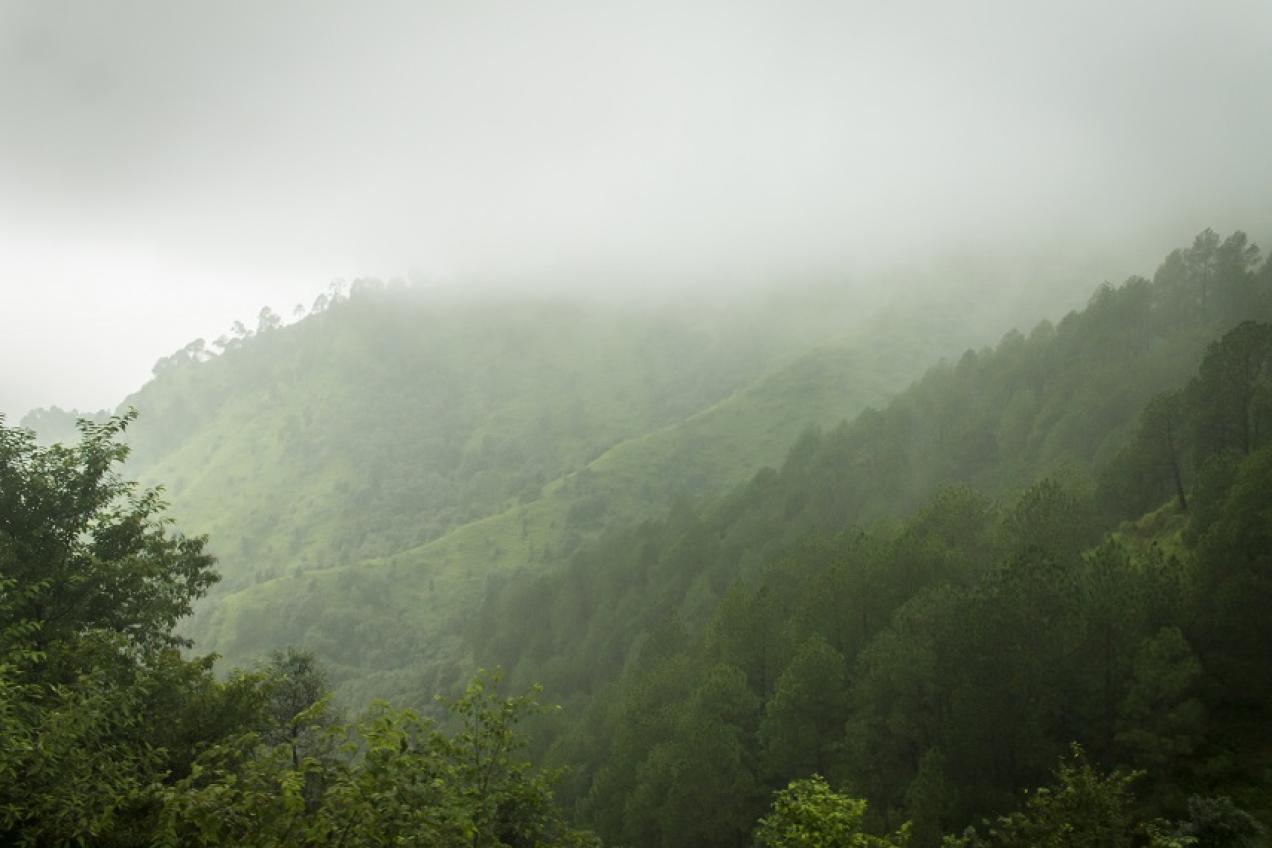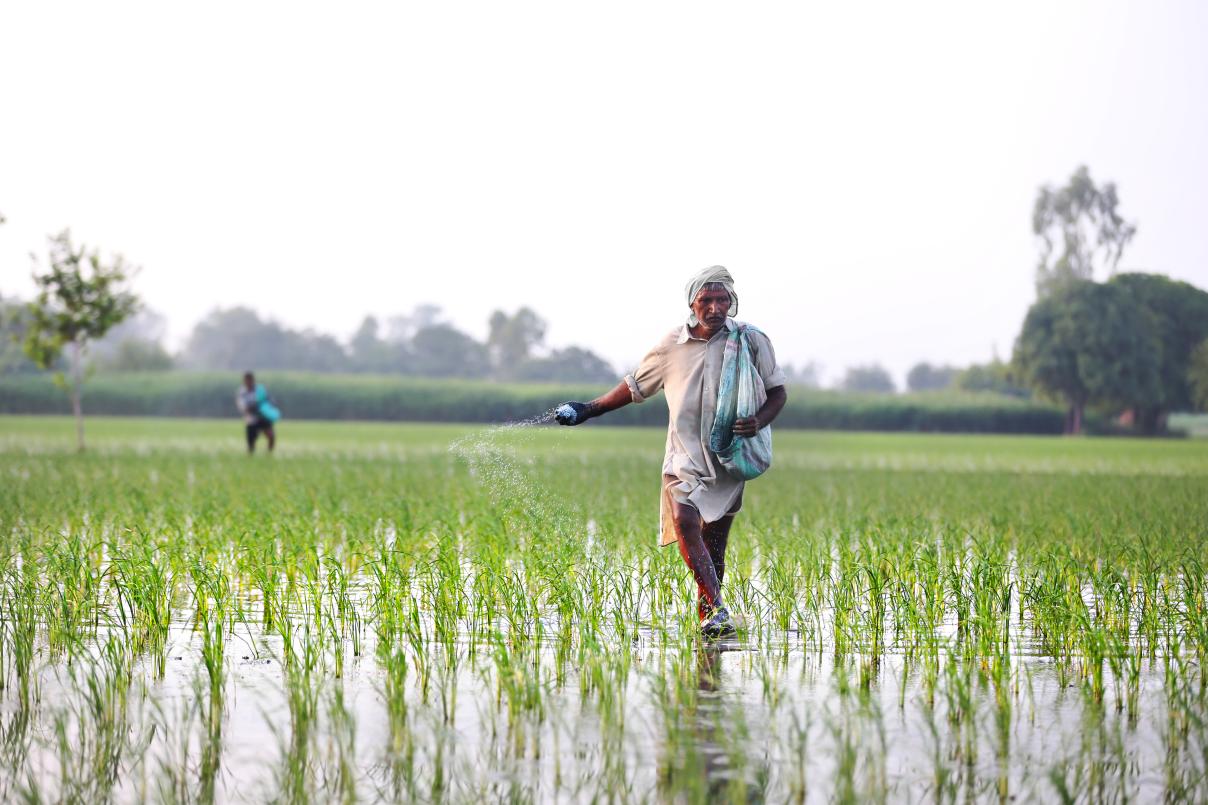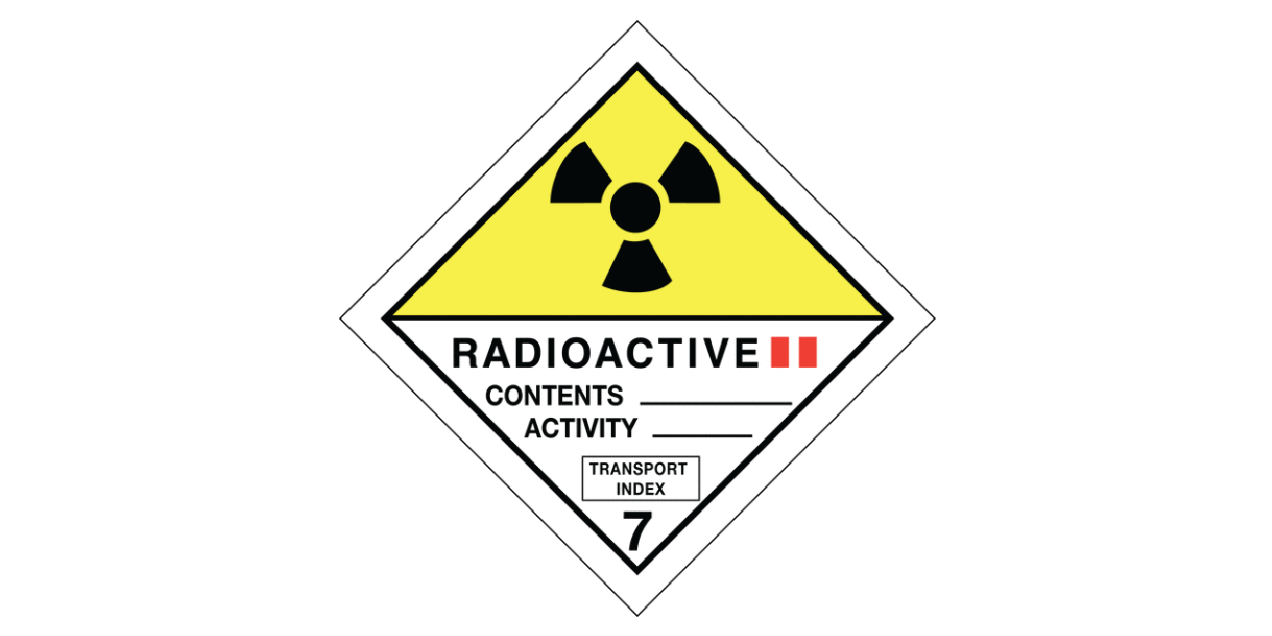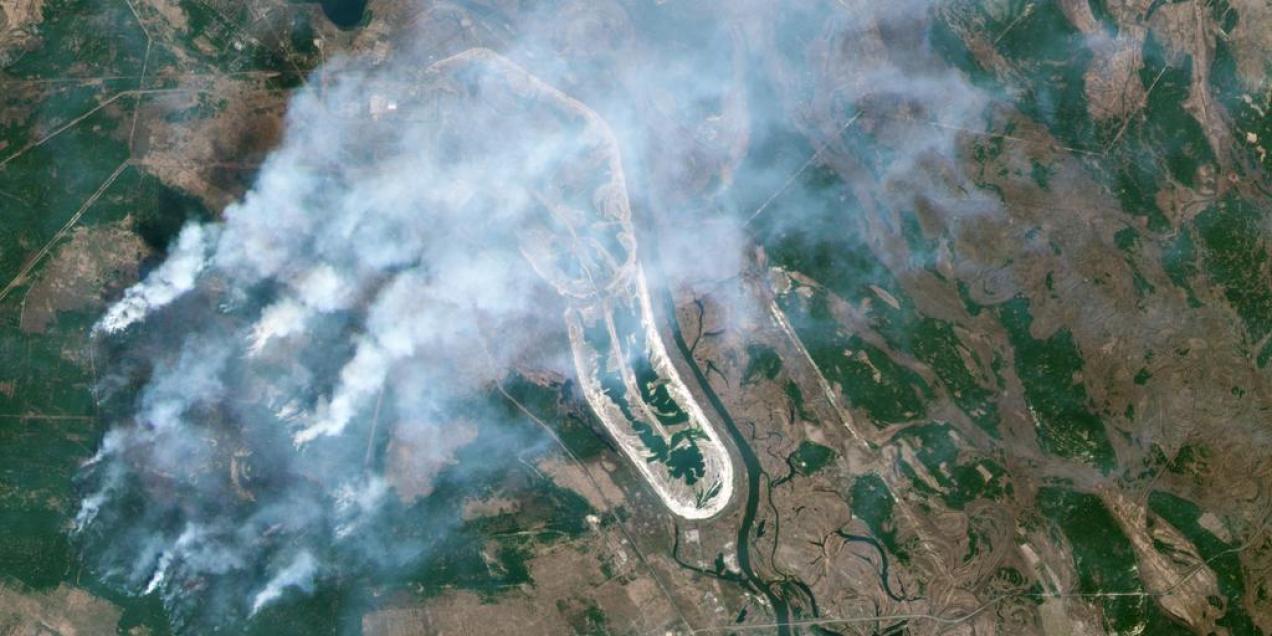Beryllium-7 is a better predictor of monsoon rains
The natural radioactive isotope beryllium-7 is a better predictor of the start, intensity and duration of monsoon rains in India. This was found in the research carried out by Lucrezia Terzi, scientific employee at SCK CEN and the University of Vienna. Lucrezia explains: "It has long been known that the concentration of beryllium-7 fluctuates constantly in the atmosphere. Now we can also link the values we measure at different locations to monsoon rains."

Indian agriculture is dependent on monsoon rains to grow vital crops such as rice, sugar cane and oilseeds, but monsoon rains have also led to flooding on more than one occasion. It is therefore important for Indian society and the economy that the start, duration and intensity of these rains are better predicted.
This better predictive measure may come in the form of the radioactive isotope beryllium-7. This can be seen in the research carried out by Lucrezia Terzi, scientific employee at SCK CEN. In her analyses, she used data from the International Monitoring System (IMS). Many countries are working on this global monitoring system to check that nuclear tests are no longer being carried out, as provided for in the Comprehensive Nuclear-Test-Ban Treaty. "The International Monitoring System (IMS) consists of 337 stations, of which 297 are currently operational. It measures seismic activity, vibrations in the atmosphere and oceans, and concentrations of radioactive particles," explains Johan Camps. As an SCK CEN scientist, Johan is part of the Belgian National Data Center, which analyses the data from the IMS. "Beryllium-7 is a natural radionuclide, which originates high in the atmosphere – from the interaction between cosmic radiation and air molecules – and moves towards the earth's surface with the global atmospheric circulation. We always measure the beryllium-7 and it is an excellent reference for us to better interpret suspicious measurements that may indicate a nuclear explosion."

It now seems that the IMS data can also be used for other purposes. Lucrezia therefore collected all data from Australia on the one hand and Russia on the other that were measured between 2003 and 2018. She measured this data against the documentation of the Indian monsoon rains and established a link. "The average concentrations of beryllium-7 fluctuate. If the concentrations in Australia were low, we found high concentrations in Russia, and vice versa. The point at which the data of both countries intersect can be linked to the monsoon rains." explains Lucrezia.
Lucrezia's method allows us to predict the start of the monsoon rain around 52 days in advance with an accuracy of +/- 3 days. "By way of comparison, traditional methods are only able to predict one to three weeks in advance. It does make a difference if rice farmers can make plans five weeks in advance," concludes Lucrezia.
Press contact
pers [at] sckcen [dot] be (pers[at]sckcen[dot]be) - 014 33 21 49
More information
The study was published as open access in Scientific Reports.
Related articles
 24 November '22
24 November '22 30 April '20
30 April '20